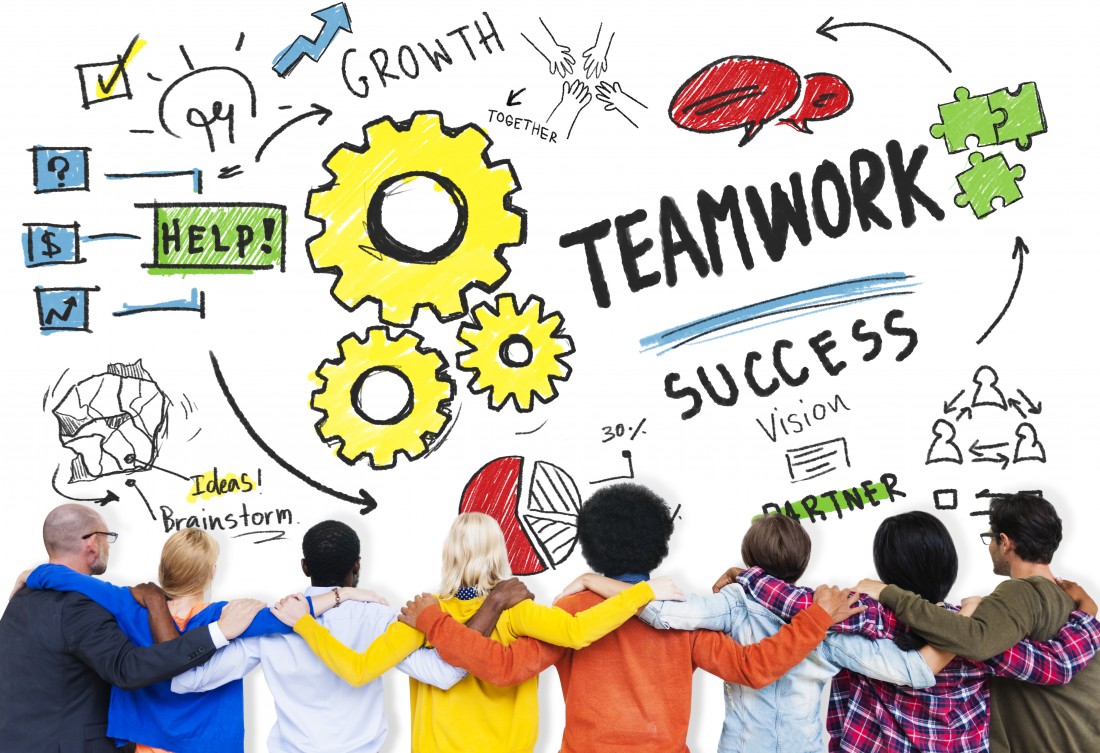
Spread love everywhere you go. Let no one ever come to you without leaving happier. – Mother Teresa
Building and maintaining a healthy workplace culture is a challenge within any organization. Creating and sustaining a healthy culture where comradery thrives begins with respect and trust. With it, there is such potential for great things; without it, there’s always going to be tension between that potential and the disappointment of unfulfilled goals.
If there’s ever been a time for building a culture of respect it’s now. A great tension exists between our culture as a whole and how that plays out day-to-day in the workplace. Whatever stands you take and positions you subscribe to in our current culture at large, those can and do inevitability carry over into the workplace.
So how does a leader set the tone for a healthy workplace culture when the people within it bring such diverse and strong points of view regarding the things that are taking place outside of it?
Here’s what I know to be true and what everyone needs to remember - there is a difference between people being divided and being divisive. Click To Tweet And as a leader, you have to know the difference and set up healthy boundaries. People will have differing views on all sorts of issues. That’s to be expected and normal. But people choose to be divisive by their actions and behaviors.
The other day I called my friend Tom. He and I have been friends for more than 30 years. He was one of the first ones to visit my wife and me in the hospital after our children were born. He was very instrumental in some of my early career choices and he is a valued and trusted friend.
Our friendship transcends the different ways in which we see the world. And after some of the recent major headlines, it was Tom whom I wanted to talk with. Why is that?
While we have our different convictions and differences of opinion our friendship transcends them. The fact that we don’t always agree is precisely why I called him. I didn’t want an echo chamber conversation. I wanted to talk, ask questions, listen, and broaden my perspective and understanding. And this is what we’ve been doing for more than 30 years.
Over the years our friendship has lasted because of one word – respect. Our friendship is not defined by our political points of view, by a label, by always having to be right, or by the need to get in the last word. We listen to each other with respect and do not allow any disagreement to come between us.
As a leader, how you walk this tightrope and how it plays out in your workplace is vital to the health of your organization.
On a practical level, what can you do as a leader? How can you help build a culture of respect? Here are a few ideas.
Model it
Having the kind of workplace culture that you want as a leader begins with you. If respect is what’s needed, then respect has to be shown. Never insist on any action or behavior that you are not taking the lead on. Respect, as with any other value within your organization, begins with leadership. It succeeds or fails by your example.
Make it a priority
As a leader, you are not responsible for the beliefs and actions of the masses outside of your organization. But you do have a say about what takes place within it. Building a respectful culture within your organization not only has to be modeled by you but must be made a priority. Once values and behaviors are communicated they must be made a priority that your people embrace.
Hold people accountable
Within the context of building a culture of respect within your organization, there have to be accountability measures in place. The culture of the organization does not rest on the shoulders of one person- everyone shares that responsibility.
Hold diversity in high regard
Benjamin Franklin said, “When everyone is thinking alike, then no one is thinking.” And this is when you run the risk of getting stuck. You need people who see things differently and who think differently from you. Your diversity is not the problem, it’s your strength and you need to recognize and celebrate it. Mutual respect and trust must be the glue that holds it all together.
Final Thoughts
Building a healthy culture in your organization begins with respect. Along with trust, it’s the foundation upon which everything else is built. It takes a commitment on your part to model it and make it a value and when you do and it takes hold, you will have a culture worth emulating.
©2022 Doug Dickerson
